SURF GEAR MORE LIKELY THAN BOOTS IN THE TRAY
Cow cockies and tradies may shudder at the thought of it, but in the past few years the ute has moved from the farm and into the city.
Instead of wheel barrows or sheep dogs on the ute’s tray you’ll find windsurfers, paddle boards, mountain bikes, kayaks and even pushchairs and children’s paraphernalia.
The other change in the segment has been Toyota’s Hilux being knocked off top spot after 32 years as New Zealand’s top selling ute.
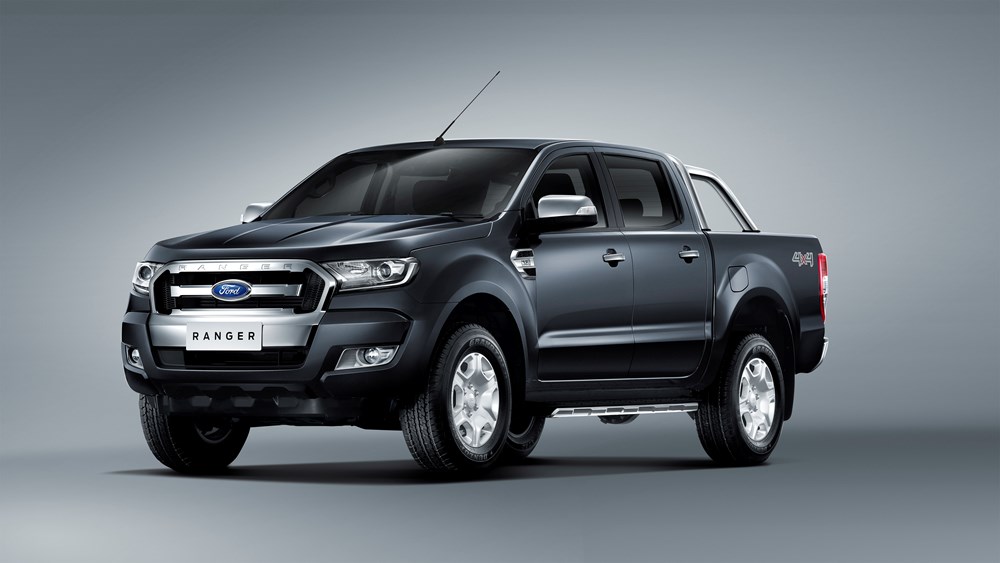 The truck that achieved that last year was Ford’s Ranger, with the company finding an increase in customers after the two-wheel-drive model, rather than the traditional four-wheel version.
The truck that achieved that last year was Ford’s Ranger, with the company finding an increase in customers after the two-wheel-drive model, rather than the traditional four-wheel version.
Last year, 6330 Rangers were sold over 5775 Hilux utes, and so far in 2015, 797 Fords have been registered, for the firm to still retain the top spot in the pickup/truck segment.
So when the Ranger facelift was revealed at the recent Bangkok motor show, Ford was wary not to change a winning formula.
The Ranger has an all-new front including a more masculine bonnet and redesigned trapezoidal grille.
The facelift Ranger will be built in three international plants and sold in 180-plus countries, and maintains its current engine line-up, including the 3.2-litre, five cylinder diesel, standard across the range in New Zealand.
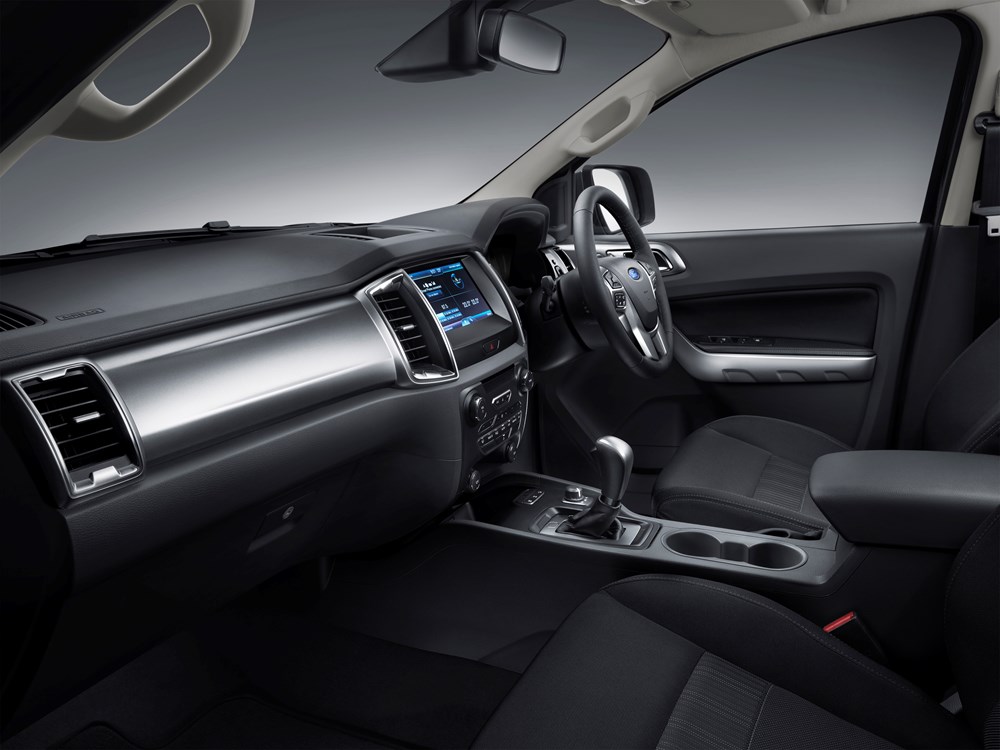 The diesel engine provides 147kW of power and 470Nm of torque for heavy-duty towing, while the upgrades include an updated exhaust gas recirculation system help to increase fuel efficiency.
The diesel engine provides 147kW of power and 470Nm of torque for heavy-duty towing, while the upgrades include an updated exhaust gas recirculation system help to increase fuel efficiency.
The vehicle gets more car-like details and advanced safety features, including front and rear parking assist, lane keeping aid, adaptive cruise control and driver impairment monitor.
Rear-view camera will be standard in the top-spec Wildtrax and XLT and be a dealer-fitted option on XL.
For Ranger’s head designer, Melbourne-based Dave Dewitt, the diversification of use was an important factor in the redesign.
He told Driven that during his time as designer of the Ranger, he’d seen people use it as part of their lifestyle, towing jetskis or for snow boarding trips, or as a keen surfer himself, with a board in the back.
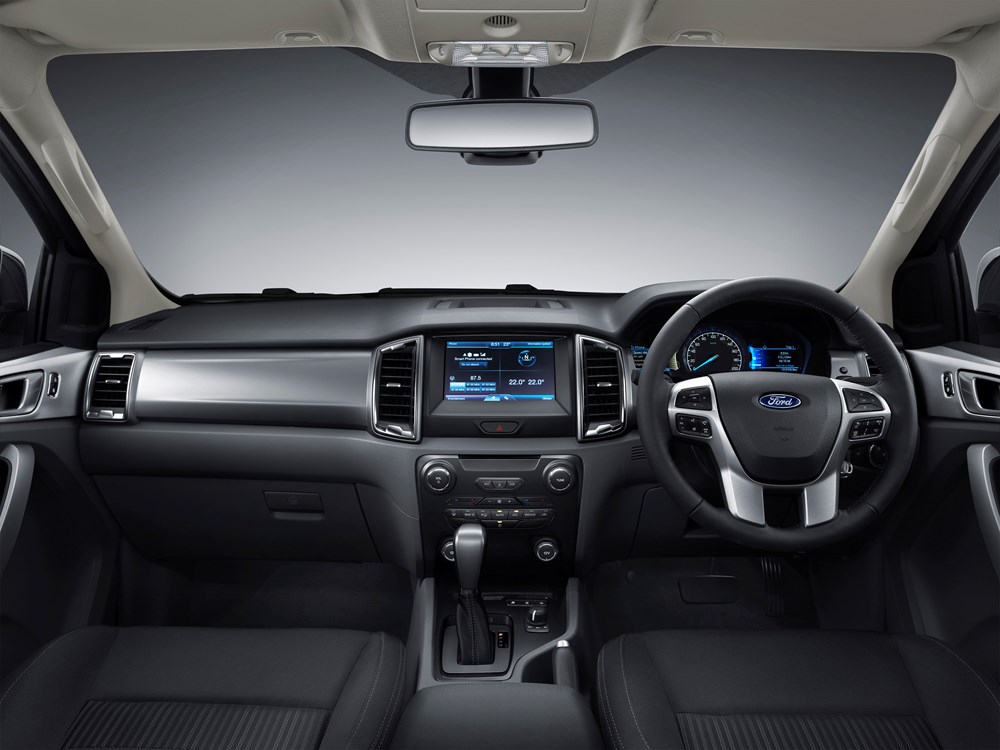 “People want a vehicle that can fulfil those needs so with the Ranger we really tried to offer all the features in the vehicle that those people require than a simple truck,” said Dewitt.
“People want a vehicle that can fulfil those needs so with the Ranger we really tried to offer all the features in the vehicle that those people require than a simple truck,” said Dewitt.
“It’s not a work horse, it’s a lifestyle vehicle for a lot of people and in an urban area as well.”
Because of the change in use of the Ranger, Dewitt and his team talked to customers about how they use their vehicles.
“Through that we learnt that there were areas where you had overlap so we set out to design a range of vehicles in the series that met everyone’s needs right from the work horse through the play horse.”
But was he worried that he couldn’t make radical changes to a popular vehicle?
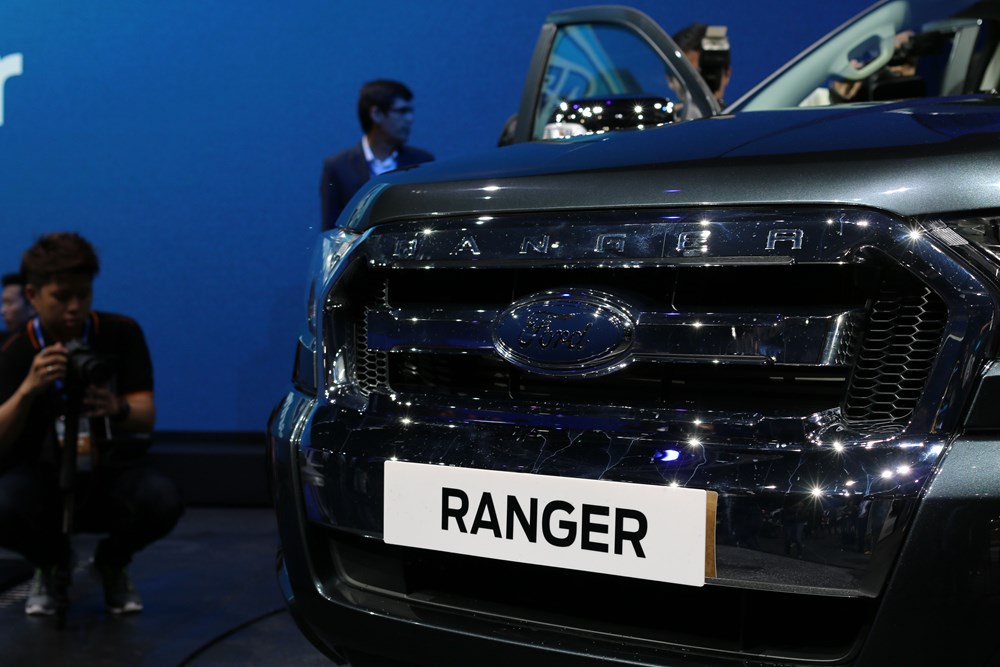 “Because of the market shift and because of what the Ranger offered the market in product line up we had an even deeper product understanding so we could develop the next one.
“Because of the market shift and because of what the Ranger offered the market in product line up we had an even deeper product understanding so we could develop the next one.
“So the market was demanding we could go a little tougher and then it was taking all the stuff that we thought we were really good about the Ranger and taking it to the next level.”
So what was the inspiration for the trapezoidal grille?
Dewitt said the design was influenced by “Ford DNA” with a nod to the company’s US-sold F range of pickups.
But the Ranger’s rear — especially the instantly recognisable square set of lights — remains the same in this facelift.
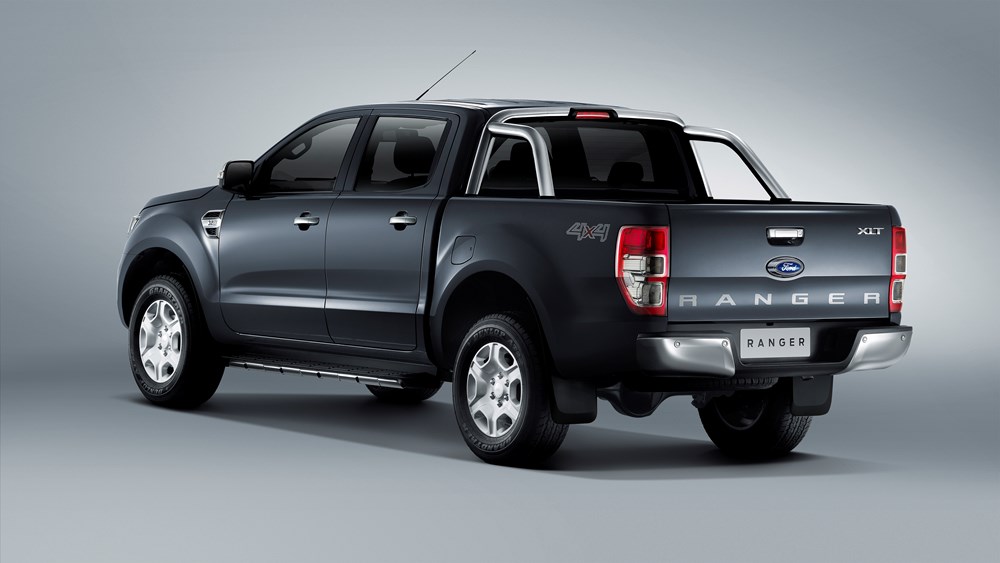 “This time round we didn’t want to mess with the rear,” Dewitt told Driven.
“This time round we didn’t want to mess with the rear,” Dewitt told Driven.
So next time round, when the all-new Ranger comes out?
“Well there’s always possibilities,” he laughed.
With the SUV market ever-expanding from large seven-seater off-roaders to compact crossovers, would there be room for a ‘baby’ Ranger, I asked Dewitt.
“I won’t know,” he replied, before his assistant interrupted, telling me “there’s no comment on that one”.
Intriguingly that wasn’t a no, so maybe the Ranger family will expand.




